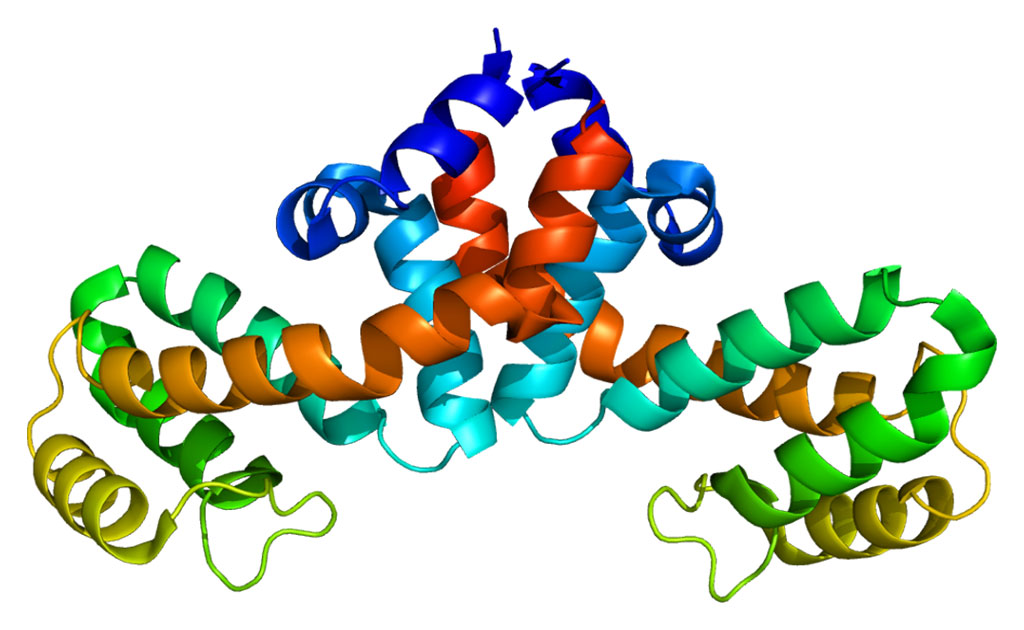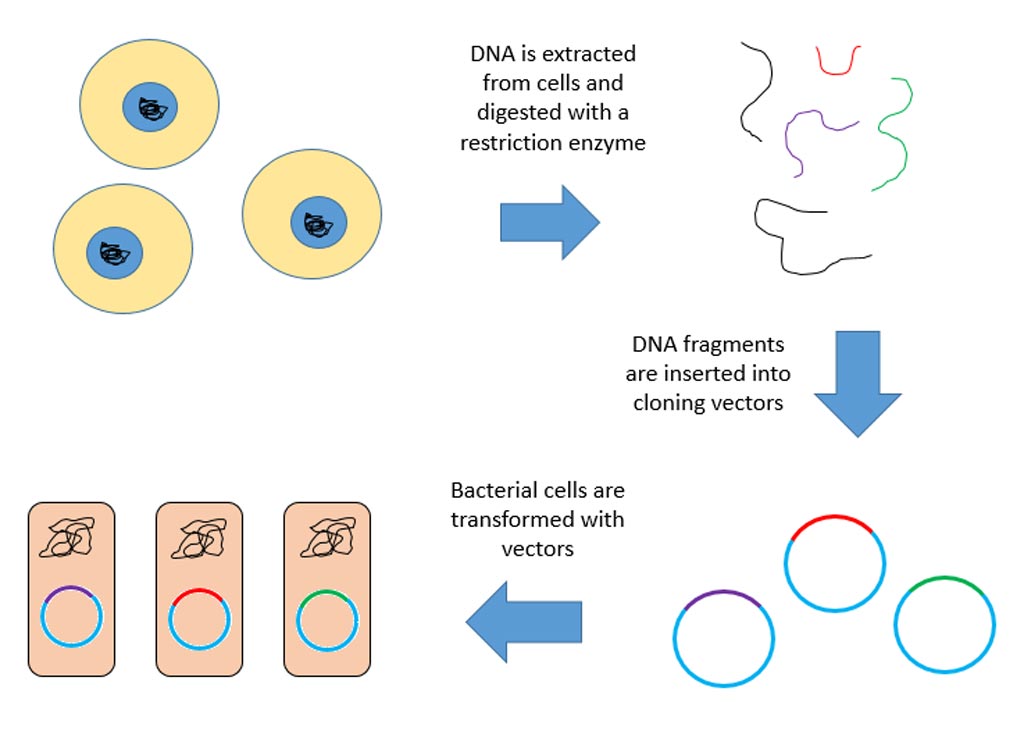Novel Enzyme Binding Mechanism Dooms LDL-Receptors
By LabMedica International staff writers
Posted on 27 Dec 2011
Cardiovascular disease researchers have described the mode of action of an enzyme that regulates levels of low-density lipoprotein (LDL)-cholesterol by marking LDL-receptors for degradation by the cell’s protein recycling mechanism.Posted on 27 Dec 2011
Cells in the liver produce LDL-receptors that bind LDL and remove it from the blood, thereby lowering cholesterol levels. The E3 ubiquitin ligase IDOL (inducible degrader of the LDL receptor) is one of the enzymes involved in this process. By causing the destruction of LDL-receptors this enzyme slows the removal of LDL and increases the amount of cholesterol in circulation.
In the current study, investigators at the University of Leicester (United Kingdom) and the University of California Los Angeles (USA) traced the molecular pathway used by IDOL to mark LDL-receptors for destruction.
They reported in the November 22, 2011, online edition of the journal Proceedings of the [US] National Academy of Sciences (PNAS) that IDOL used a singular strategy among E3 ligases for target recognition. The IDOL FERM domain bound directly to a recognition sequence in the cytoplasmic tails of lipoprotein receptors. The FERM domain (F for 4.1 protein, E for ezrin, R for radixin, and M for moesin) is a widespread protein module involved in localizing proteins to the plasma membrane. FERM domains are found in a number of cytoskeletal-associated proteins that associate with various proteins at the interface between the plasma membrane and the cytoskeleton. The FERM domain is located at the N terminus of the majority of FERM-containing proteins.
Target recognition by IDOL involved a tripartite interaction between the FERM domain, membrane phospholipids, and the lipoprotein receptor tail. This physical interaction was independent of IDOL’s gene (RING) domain E3 ligase activity and its capacity for autoubiquitination. Furthermore, IDOL controlled its own stability through autoubiquitination of a unique FERM subdomain fold not present in other FERM proteins.
Contributing author Dr. John Schwabe, professor of biochemistry at the University of Leicester, said, “Remarkably, IDOL only targets three proteins for degradation (all lipoprotein receptors) and this research paper greatly enhances our understanding of this specificity and identifies key residues involved in mediating this interaction. Development of a drug that interferes with IDOL's activity could help lower levels of LDL. Our research has greatly enhanced our understanding of this important process. A potential future drug that targets IDOL could be prescribed in conjunction with statin drugs, which also cut cholesterol levels by increasing production of the LDL receptor and this study makes considerable headway towards this.”
Related Links:
University of Leicester
University of California Los Angeles













